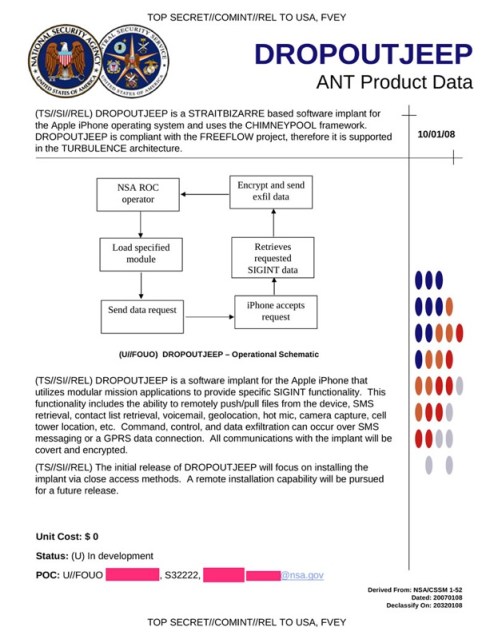- Settlement ends all ongoing patent related legal disputes
- Agreement includes global patent cross licensing of cellular technologies
- License illustrates Ericsson's commitment to FRAND principles
- Settlement impacts Ericsson sales and net income in Q4 2013 by SEK 4.2 b. and SEK 3.3 b. respectively.
Ericsson (NASDAQ: ERIC) and Samsung have reached an agreement on global patent licenses between the two companies. The cross license agreement covers patents relating to GSM, UMTS, and LTE standards for both networks and handsets.
Ericsson is committed to licensing its standard-essential patents on fair, reasonable and non-discriminatory (FRAND) terms for the benefit of the industry. It believes that licensing according to FRAND principles strikes the appropriate balance between incentivizing companies to innovate and contribute technology to open standards and maintaining the overall royalty rates at a reasonable level to allow new entrants access to the market.
"We are pleased that we could reach a mutually fair and reasonable agreement with Samsung. We always viewed litigation as a last resort," said Kasim Alfalahi, Chief Intellectual Property Officer at Ericsson. "This agreement allows us to continue to focus on bringing new technology to the global market and provides an incentive to other innovators to share their own ideas."
This agreement ends complaints made by both companies against each other before the International Trade Commission (ITC) as well as the lawsuits before the U.S. District Court for the Eastern District of Texas.
FINANCIAL IMPACT
The agreement includes an initial payment and ongoing royalty payments from Samsung to Ericsson for the term of the new multi-year license agreement.
The initial payment in the agreement will impact Ericsson sales and net income in Q4 2013 by SEK 4.2 b. and SEK 3.3 b. respectively. Ericsson expects that the initial payment in the agreement will impact Ericsson's operating cash flow in the beginning of 2014.
The details of the agreement are confidential and will not be disclosed. Information of the financial impact of the initial payment on Ericsson's Q4 2013 results will be included in Ericsson's Q4 2013 earnings report.
NOTES TO EDITORS
Download high-resolution photos and broadcast-quality video at www.ericsson.com/press
Ericsson is a world-leading provider of communications technology and services. We are enabling the Networked Society with efficient real-time solutions that allow us all to study, work and live our lives more freely, in sustainable societies around the world.
Our offering comprises services, software and infrastructure within Information and Communications Technology for telecom operators and other industries. Today 40 percent of the world's mobile traffic goes through Ericsson networks and we support customers' networks servicing more than 2.5 billion subscriptions.
We are more than 110,000 people working with customers in more than 180 countries. Founded in 1876, Ericsson is headquartered in Stockholm, Sweden. In 2012 the company's net sales were SEK 227.8 billion (USD 33.8 billion). Ericsson is listed on NASDAQ OMX, Stockholm and NASDAQ, New York stock exchanges.


















